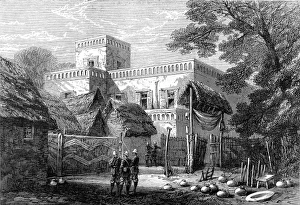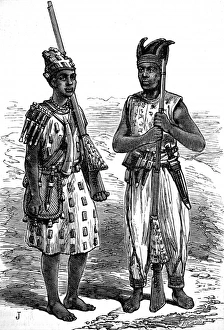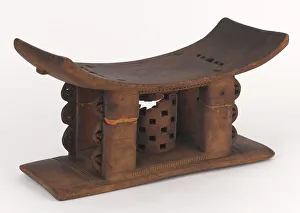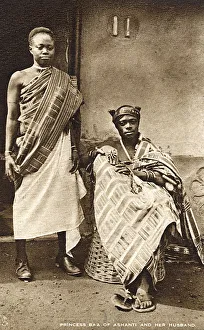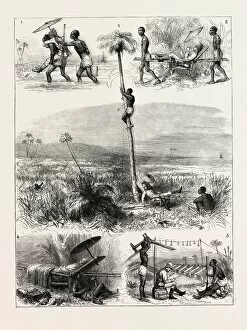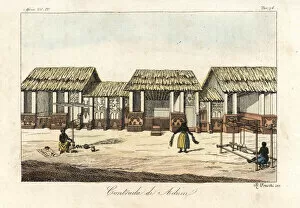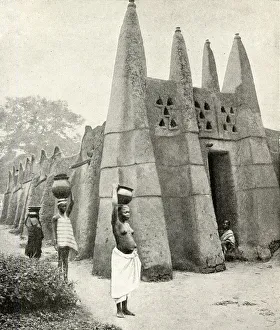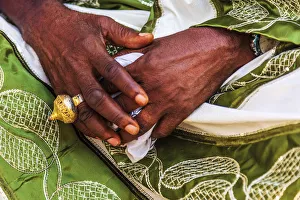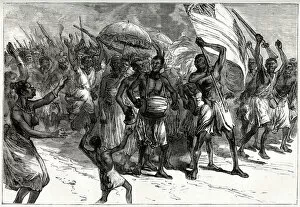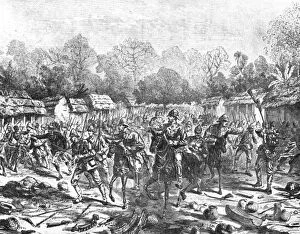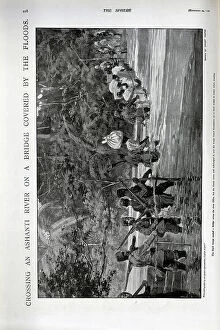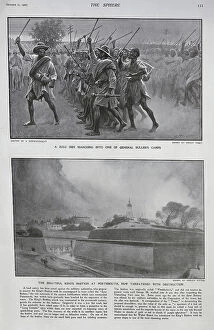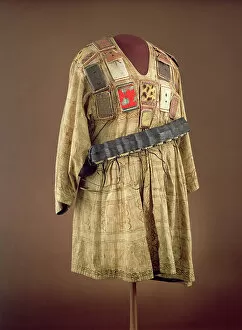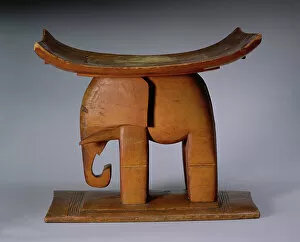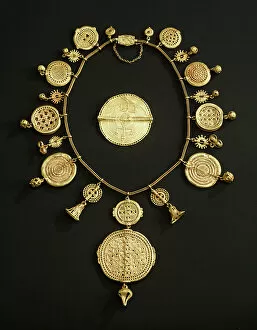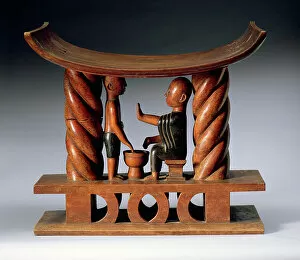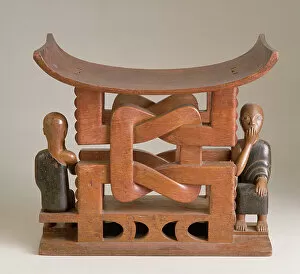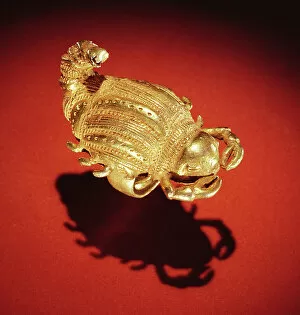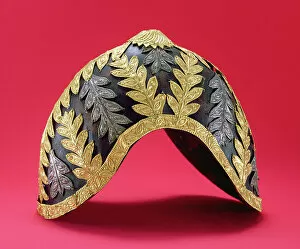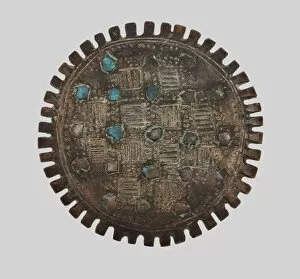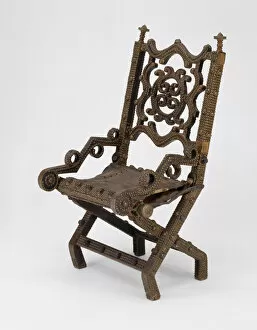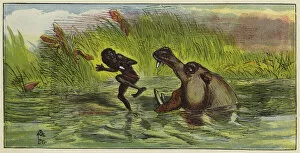Ashanti Collection
"Ashanti: A Glimpse into the Rich History and Culture of Ghana" Step back in time to 1874, where we find ourselves at the King of Ashantis Palace in Kumasi
All Professionally Made to Order for Quick Shipping
"Ashanti: A Glimpse into the Rich History and Culture of Ghana" Step back in time to 1874, where we find ourselves at the King of Ashantis Palace in Kumasi, a majestic symbol of power and tradition. Located in the Ashanti Region of Ghana, Kumasi is a city that holds centuries worth of stories within its walls. During this era, Fante Soldiers stood side by side with the British forces against the mighty Ashanti warriors. This collaboration showcased unity amidst conflict and highlighted the resilience of both sides. Princess Baa captivated hearts as she wed her husband, embodying grace and elegance befitting an Ashanti royal. Their union represented not only love but also strengthened alliances between tribes within Ghana. The stolen Ashanti stool from King Prempei's Palace serves as a reminder of colonial aggression during this period. It stands as a testament to the struggles faced by those who fought for their land's sovereignty. In times of war, heroes emerged like Colonel Festing who valiantly rescued Lieutenant Eardley-Wilmot's body. These acts displayed unwavering loyalty and camaraderie amongst soldiers on foreign soil. Addah became a significant location during these turbulent times; it served as headquarters for Captain John Hawler Glover - a pivotal figure in British operations against the Ashantis. The echoes of his leadership can still be felt today. Ashanti funerals were elaborate affairs filled with rituals that honored ancestors' spirits while celebrating life's journey beyond death. These ceremonies showcased deep-rooted beliefs and traditions passed down through generations. "The Ashantee War: How I Took Coomassie" provides firsthand accounts from brave individuals who witnessed or participated in battles against the formidable Ashantis. Their narratives shed light on triumphs achieved amidst adversity. Captivating portraits capture glimpses into daily life during Victorian times when an esteemed Chief donned traditional attire adorned with intricate patterns representing his status and heritage.

